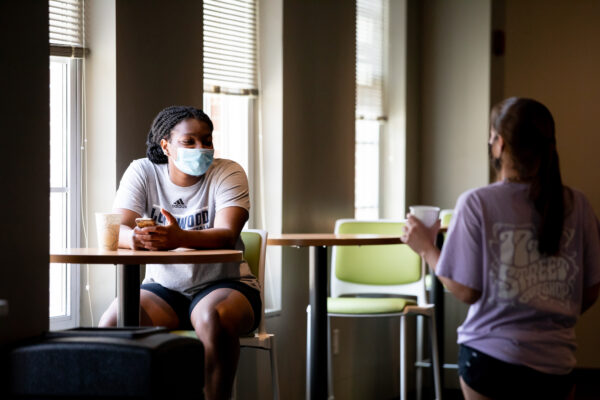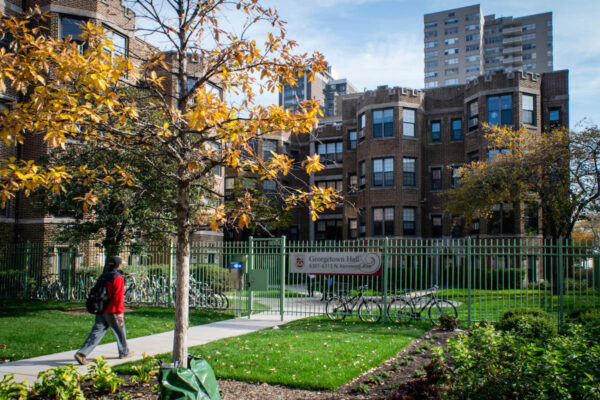CUPA-HR Faculty Survey Captures Impact of COVID-19
Title: CUPA-HR 2021 Faculty in Higher Education Annual Report
Author: Jacqueline Bichsel, Melissa Fuesting, Sarah Nadel-Hawthorne, Anthony Schmidt
The College and University Professional Association of Human Resources (CUPA-HR) released a new report that provides insight into faculty by instructional program, tenure type, and rank.
The annual report also includes data on faculty demographic information on sex, race/ethnicity, age, and salary. Given the impact of COVID-19 on higher education funding, the 2021 survey captured changes to faculty size and salaries over this past year. This year’s survey covered a total of 263,721 full-time faculty positions and 57,190 adjunct faculty across 793 institutions. Among full-time faculty, 9,579 faculty served as department heads/chairs.
Below are some of the key findings from the survey analysis:
- Overall, the proportions of faculty across faculty ranks have remained the same.
- Faculty across all ranks and institution types suffered job losses with adjunct faculty experiencing a greater loss of a near 5 percent reduction in the workforce over the last year.
- Leisure and recreational activities, and library science were the two disciplines with the greatest percentage loss of full-time faculty, while business, management, and marketing, and biological and biomedical sciences were the two disciplines with the greatest numerical loss in faculty numbers.
- The overall median salary increase for full-time faculty was the lowest since 2010, with only a 0.69 percent increase from 2019-20 to 2020-21.
- Women and people of color were less represented with increases in rank among tenure-track faculty, a consistent trend that has occurred for some time.
- Adjunct faculty pay differed by institution type, with the highest pay among those at doctoral institutions ($1,288) and the lowest pay at associate institutions ($917). This was due in part to the institutional structures around adjunct faculty at each institution type.
To explore findings and methodological information about the report and survey, please click here.
—Ángel Gonzalez
If you have any questions or comments about this blog post, please contact us.


